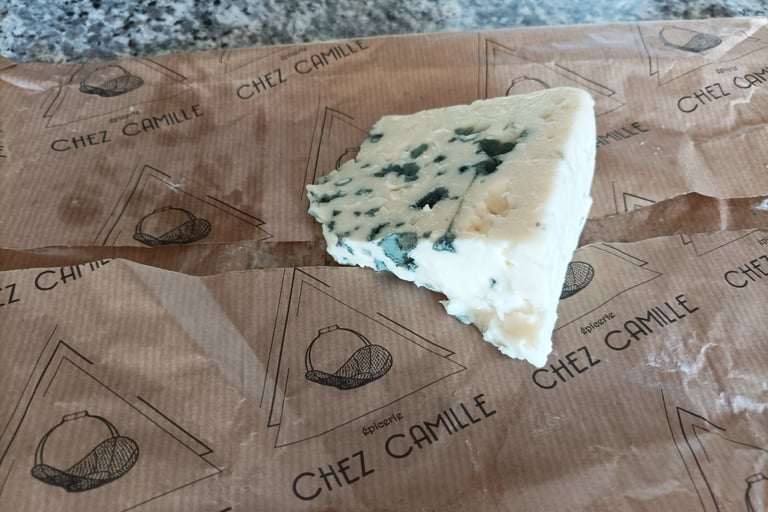
Who's Afraid of the Big Bad Wolf?
Coming to a forest near you!
FLORA AND FAUNA AND THE FOREST WORLD
Joan
9/9/20234 min read
Anyone who read my last blog( In a Time before Tintin) will be aware that wolves were certainly around in our region in the 14C, for the local artisan sculptors tended to portray the medieval world that they saw around them. The historic presence of wolves is also brought home to us today as we walk in the forest above our house. We often follow a circuit that skirts 'Pioch Louvia,' a small rocky summit , so named because of the wolves that once dwelt there. Indeed a local history book recounts how a young village girl was confronted by a wolf as she guarded some sheep near there in the 19C. But wolves finally became extinct in France in 1930, as a result of effective hunting methods. Now they are a protected species and can be found anywhere from the Pyrenees to Dieppe, as well as in other Northern European countries. Wolves can roam up to 60km a day in search of new territory, but the only packs of wolves that exist are in the Alps and the Jura. In the year 2020, 580 wolves were counted in France (below 500 they risk extinction.) When numbers rise too steeply, culls are permitted.
For or against? The arguments rage.
The longer I live in our forest home, the more strongly I feel that we merely share this environment with myriads of other living creatures, from the tiniest of ants to the hulking sanglier who crash through our fences. No one who has heard the plaintive call of a fox at night from the dark woods, could object to restoring the natural fauna and rewilding our environment so that we all live in balanced harmony. Clearly the presence of humans will always affect that balance, but we can try to reduce our impact. "But," I hear you say, " if there were a wolf prowling in your vicinity, would you not be afraid?" We walk amongst sanglier every day, though we rarely see them. Scare stories of attacks on people abound in the U.K. where populations of wild boar are increasing. But that is poppycock. On one occasion in France I was confronted by an enormous male sanglier who stood between me and the gate as I returned home from walking our dog. Simba was occupied elsewhere. The sanglier and I regarded each other warily, as I weighed up what to do next. Should I carefully back away? In the event it was the sanglier who took fright, and headed off into the woods at pace. I don't believe that wolves would pose any greater threat.


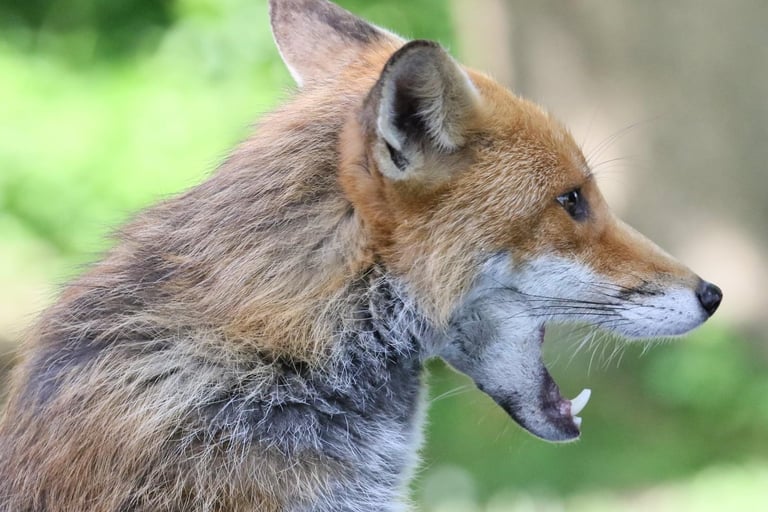

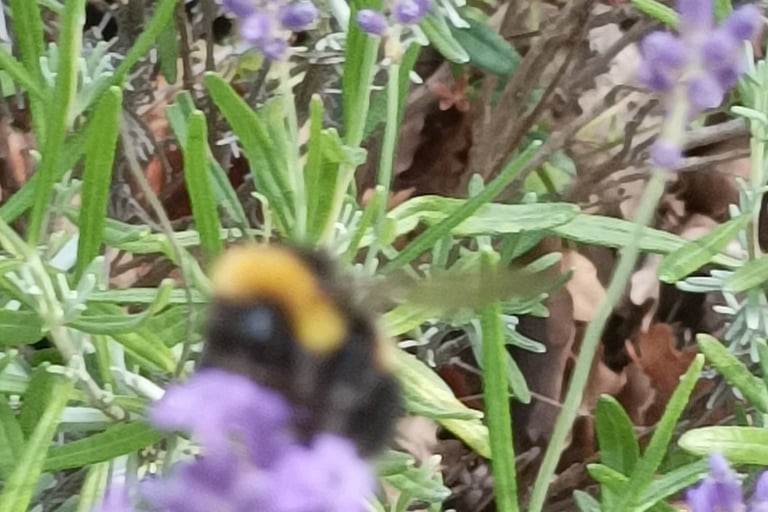

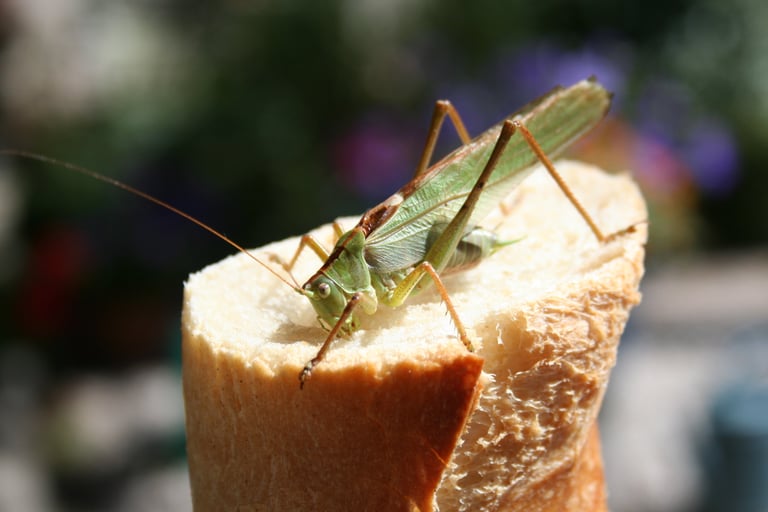

But many people disagree. A beautiful, stone bridge on our valley road was once daubed with red paint which declared in large capital letters...
...NON AU LOUP
Farmers claim that green activists and urbanites are stirring up trouble for them, and that wolves cause the death of thousands of grazing animals , mainly sheep. Others contradict them and say that only the weakest and most vulnerable animals are taken. Where does the truth lie? Hunters, on the other hand, claim that if we rely on natural predators like wolves to keep the sanglier at bay, rather than themselves, we will be overrun.
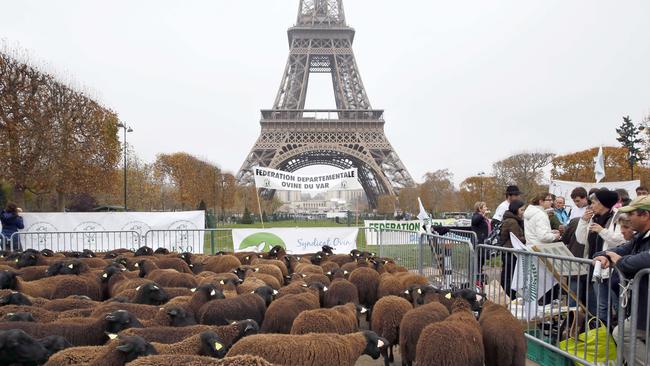

The whole issue came very close to home when we recently shared a drink with a third generation brebis(or dairy ewe) farmer from high up on the Causses. He and his wife produce the milk for Roquefort, the 'King of Cheeses.' The question of the reintroduction of wolves was raised, Wolves were already in their locality, they told us, and sheep had been attacked. They shook their heads in despair, as they told us of the hassle and expense of erecting electric fences. Wolves have been known to jump over two metre fences on the motorway, they told us. We commiserated , and were invited to visit them on their farm. Two days later we were told by our mutual acquaintance that two of their sheep had been killed, presumably by wolves. No doubt the battle will rage on!


